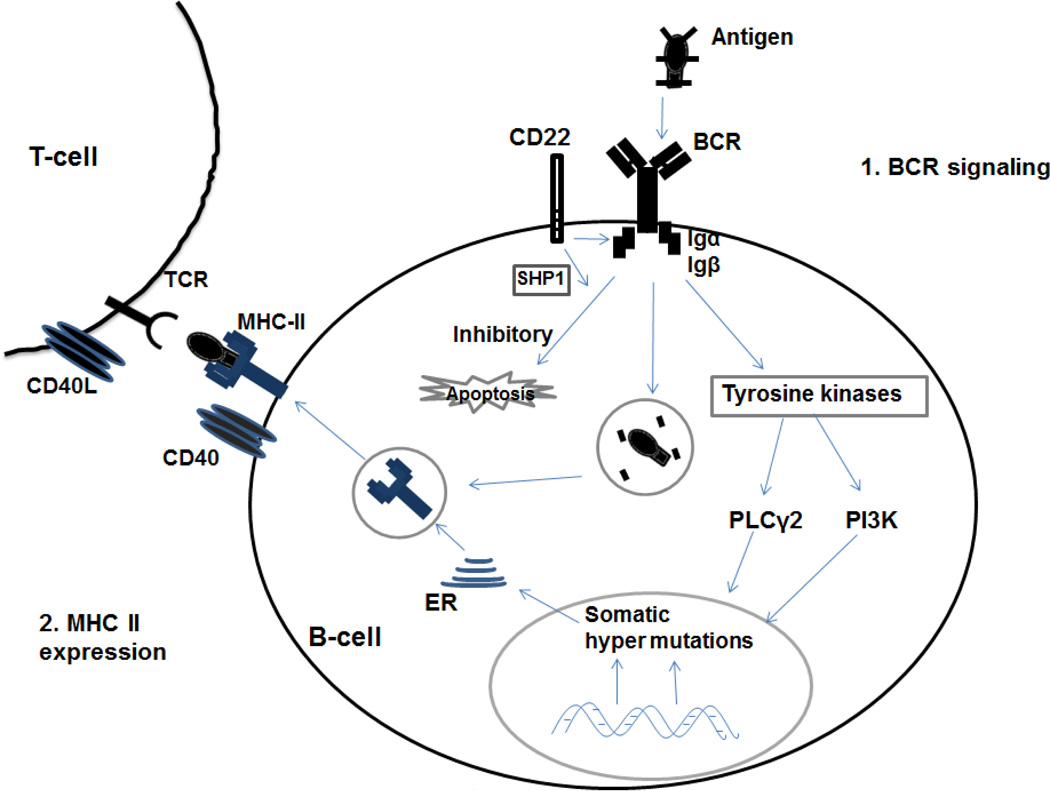Figure 3. B cell receives proliferation and differentiation signals through the B cell receptor (BCR) and the co-receptors Igα and Igβ.
Following antigen binding to BCR, the co-receptors Igα and Igβ signals to activate downstream molecules phospholipase Cγ2 (PLCγ2) and the phosphoinositide 3-kinase (PI3K) pathway. CD22 is a B cell surface glycoprotein that can negatively regulate BCR signaling. Activation of BCR leads to phosphorylation of CD22, resulting in recruitment of SHP-1 to CD22 by Lyn which finally induces the apoptosis pathway. Defects in PLCγ2 or PI3K impair BCR signaling, class-switching responses and memory B cell formation. CD40 is a co-stimulatory marker expressed on B cells and CD40L (CD154) is the ligand expressed on T cells. CD40-CD40L interaction plays a critical role in T cell-dependent B cell antibody response.

